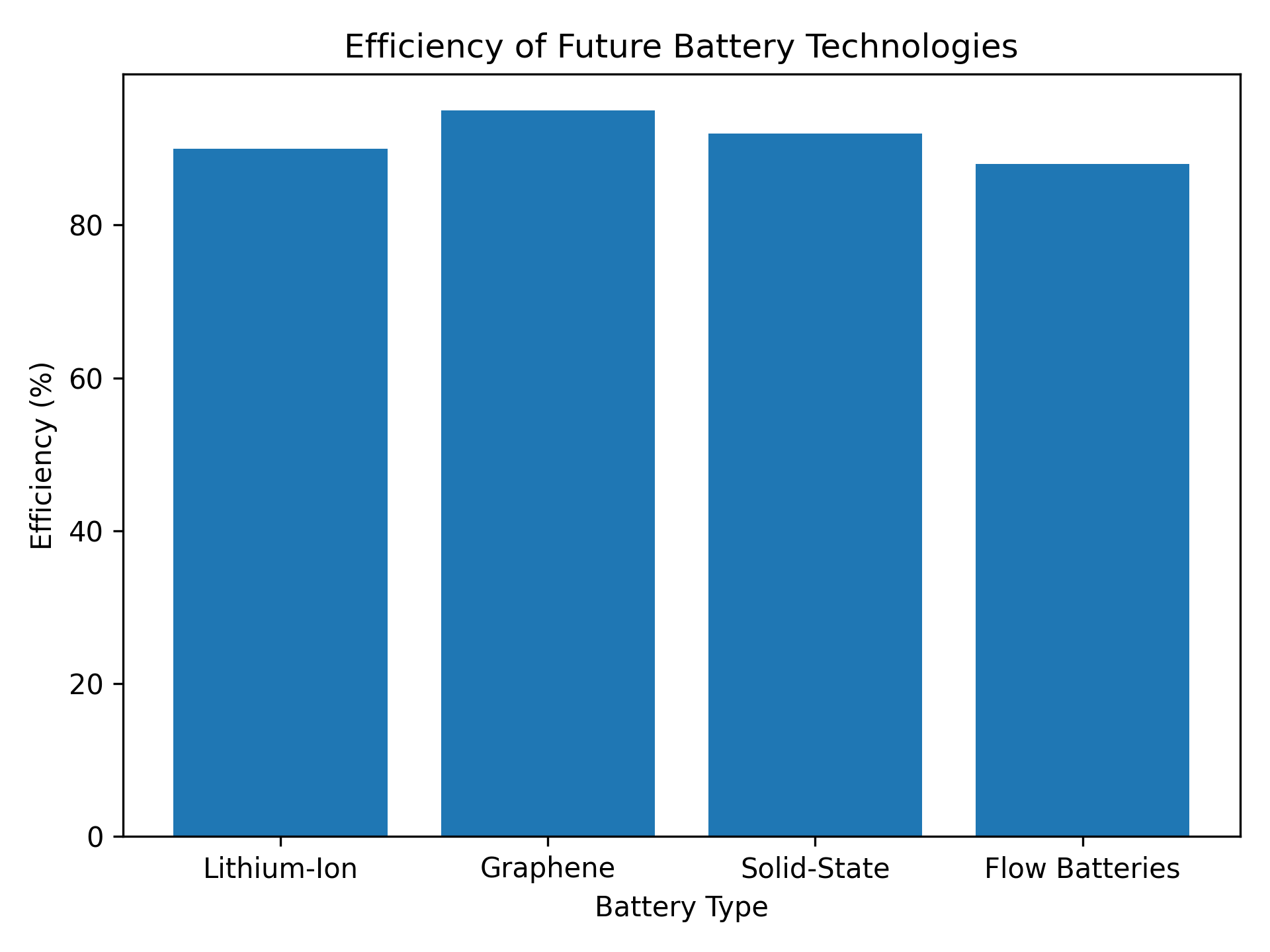Chasing the Sun: Solar Tracking Systems
Introduction
In the ever-evolving landscape of solar technology, one innovation stands out for its ability to harness sunlight with unprecedented precision: solar tracking systems. These dynamic marvels bring a new dimension to solar energy by following the sun's trajectory across the sky. In this exploration, we'll uncover the captivating mechanics and benefits of solar tracking, illuminating a path toward even more efficient and sustainable power generation.
1. Dynamic Orientation
Following the Sun's Journey
Unlike fixed solar panels, which are installed at a fixed angle, solar tracking systems move throughout the day to maintain an optimal angle relative to the sun. This dynamic orientation allows panels to capture sunlight more directly, resulting in increased energy production.
2. Increased Energy Output
Unleashing Efficiency
Solar tracking systems can boost energy output by up to 25% or more compared to static panels. By continually adjusting their position, these systems ensure that panels receive maximum sunlight exposure, from sunrise to sunset.
3. Single-Axis and Dual-Axis Tracking
Precision Perfected
Solar tracking systems come in two primary configurations: single-axis and dual-axis. Single-axis trackers follow the sun's path on a single plane (usually east to west), while dual-axis trackers add vertical movement, aligning panels optimally with the sun's position throughout the day.
4. Maximizing ROI
Optimizing Energy Production
While solar tracking systems require a higher initial investment than fixed panels, their increased energy output can result in a faster return on investment (ROI). This makes them particularly appealing for large-scale commercial installations.
5. Applicability and Limitations
Factors to Consider
Solar tracking systems are ideal for locations with high solar insolation and clear skies, as cloud cover and shading can reduce their effectiveness. Additionally, maintenance requirements and the potential for mechanical failure are considerations that need to be taken into account.
6. Innovations in Solar Tracking
The Future Unveiled
As technology advances, so does the sophistication of solar tracking systems. Innovations include smart algorithms that predict sun movements, hybrid tracking solutions, and integration with energy storage systems.
7. Environmental Impact
Amplifying Sustainability
Solar tracking systems contribute to a more sustainable future by maximizing energy production and reducing the land footprint required for solar installations. This increased efficiency directly translates into a lower carbon footprint.
Frequently Asked Questions (FAQ)
-
The "best" solar tracker depends on specific requirements like location, solar system size, and budget. However, leading brands in the industry, such as NEXTracker and Array Technologies, are renowned for their durability, efficiency, and advanced tracking capabilities. Always consult with a solar professional to determine the most suitable tracker for your specific needs.
-
Solar tracking systems can increase energy output by up to 25% or more compared to fixed solar panel installations. While they come with a higher initial cost, the boost in energy production can lead to faster ROI. However, the value of a solar tracking system depends on factors like geographical location, local solar insolation, and the system's maintenance needs.
-
Single-Axis Trackers: These move in one direction, typically east to west, following the sun's path throughout the day.
Dual-Axis Trackers: These can move in two directions, both east to west and up and down, allowing for optimal alignment with the sun as it changes its position in the sky throughout the year.
-
A solar tracking system uses sensors and motors to pivot the solar panels, ensuring they always face the sun at an optimal angle. This continual adjustment captures the maximum amount of sunlight throughout the day, optimizing energy production. Some advanced trackers use algorithms and predictive tracking to pre-emptively adjust the panel position based on historical sun path data.
8. Integration with Smart Grids
A Holistic Approach
Solar tracking systems can be integrated with smart grids, enabling real-time data exchange and allowing energy producers to adjust their output based on demand fluctuations, ultimately contributing to a more stable and reliable energy grid.
9. Beyond Horizons
Space-Based Solar Tracking
In an astonishing leap, researchers are exploring the possibility of deploying solar panels in space to capture sunlight continuously without interference from Earth's atmosphere or day-night cycles. While still in the realm of theory, space-based solar tracking could revolutionize energy generation.
Capturing the Day
A Future Brightened
Solar tracking systems exemplify the fusion of human ingenuity and the natural world. By following the sun's journey across the sky, they transform sunlight into a powerful force that fuels our world sustainably. As technology marches forward, the sun's energy becomes an even more potent ally in the quest for a greener and brighter tomorrow.
With every movement of a solar tracking system, we witness a dynamic choreography between mankind and nature, choreographed by innovation and executed by renewable energy. Join ESS Solar as we illuminate the fascinating world of solar tracking and its transformative impact on the future of power generation.





